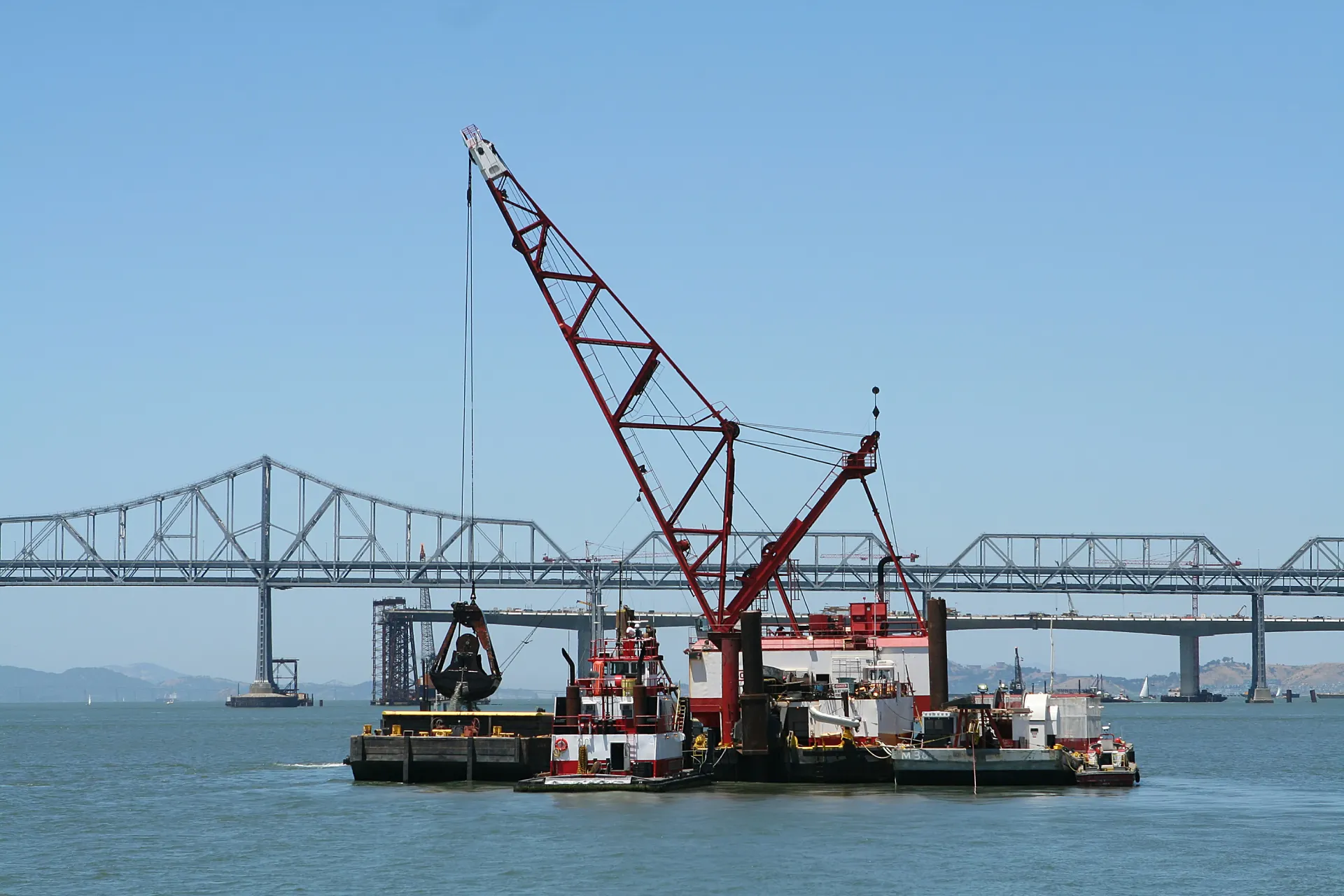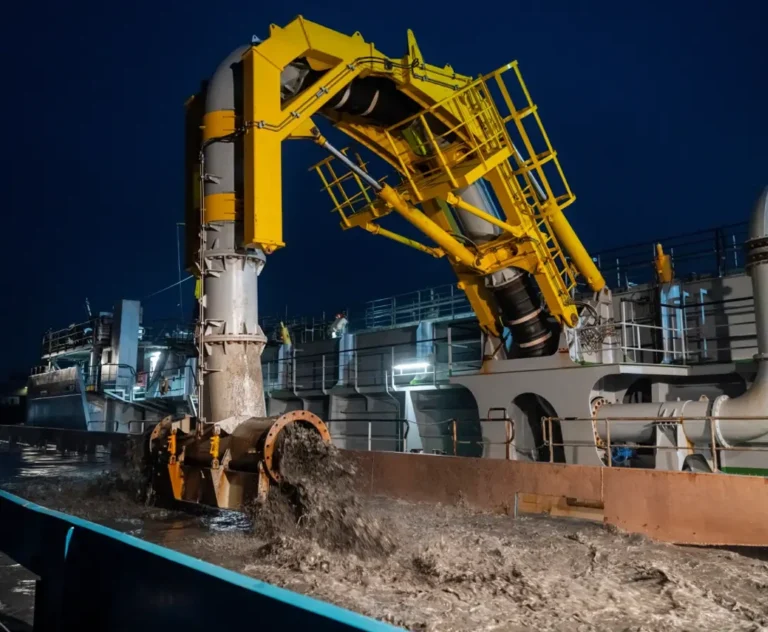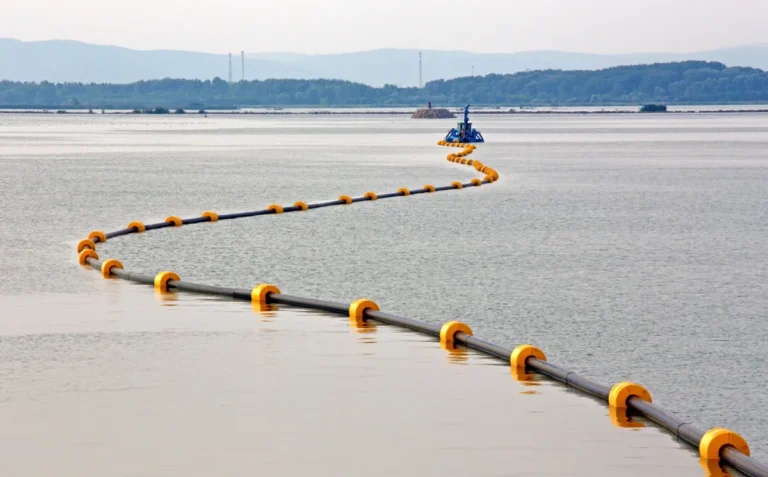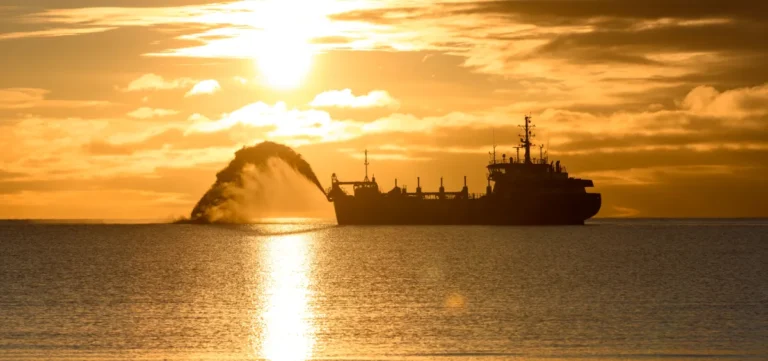Dredging services are entering a transformative era where technology, automation, and sustainability are redefining what’s possible. From ports and inland waterways to municipal ponds and reservoirs, the industry is rapidly adapting to meet the growing global demand. Digital tools, autonomous operations, and eco-friendly practices are no longer optional—they are shaping the new standard for efficient and responsible dredge services. As projects become more complex and environmental regulations more stringent, the future of dredging will depend on providers who can integrate technical expertise with innovation and sustainability.
The Evolution of Dredging Services
Dredging services have evolved significantly from their early reliance on heavy, purely mechanical equipment. Traditionally, dredge operations were driven by brute force, requiring significant manpower, time, and fuel to remove sediment and maintain waterways. While effective for basic excavation, these methods often lacked precision and carried high operating costs. Today, dredge services are increasingly shifting toward data-driven approaches, where advanced technologies such as hydrographic surveys, GPS-guided systems, and real-time monitoring enable operators to achieve greater accuracy with fewer resources.
This transformation is not only technological but also demand-driven. Ports and harbors rely on dredging services to keep shipping lanes clear for larger vessels, while river restoration projects use them to manage sediment buildup and maintain ecological balance. The mining sector has also expanded its use of dredge services to extract valuable minerals from tailings ponds and slurry deposits. Beyond these large-scale industrial applications, there has been steady growth in specialized areas, such as pond dredging services, where smaller, more portable equipment is required to restore golf course ponds, farm reservoirs, and municipal stormwater basins.
Despite these advancements, traditional dredge services continue to face several challenges that underscore the need for modernization. High fuel consumption and maintenance costs often strain budgets, while inefficiencies in material handling can slow project timelines. Environmental concerns add another layer of complexity, as older systems can increase turbidity, disrupt habitats, and release pollutants into surrounding waters. These challenges are driving the push toward smarter, more sustainable solutions that better balance economic and ecological priorities.
Digital Transformation in Dredge Services
The digital era has reshaped how dredging services are planned, executed, and monitored. Instead of relying solely on manual measurements and operator experience, modern dredge services now integrate advanced digital tools to increase efficiency, precision, and sustainability. One of the most significant innovations is the use of hydrographic surveys powered by drones and LiDAR technology. These methods enable operators to create highly detailed maps of waterways, ponds, and reservoirs, allowing for the identification of sediment buildup with unmatched accuracy before dredging begins. This level of detail is particularly valuable for specialized applications such as pond dredging services, where smaller-scale projects demand precise planning to minimize disruption.
Real-time monitoring has also become a cornerstone of digital dredge services. With the help of RTK GPS and cloud-based management platforms, operators can track dredge head positioning, sediment removal rates, and turbidity levels as the work progresses. This ensures projects stay on schedule, while also enabling better reporting and compliance with environmental regulations. In many cases, clients can access cloud dashboards directly, giving them transparent visibility into the performance of the dredging services they’ve contracted.
Another area where digital transformation is making a major impact is equipment reliability. Predictive maintenance, powered by sensors and IoT integration, helps operators monitor engine performance, pump wear, and fluid levels in real-time. By detecting early signs of wear or failure, dredge services providers can prevent costly breakdowns, extend equipment lifespans, and minimize downtime. This shift from reactive to predictive maintenance is especially valuable in continuous operations, such as harbor deepening or long-term pond dredging projects, where any delay can result in significant financial and environmental consequences.
Rise of Automation and Remote Operations
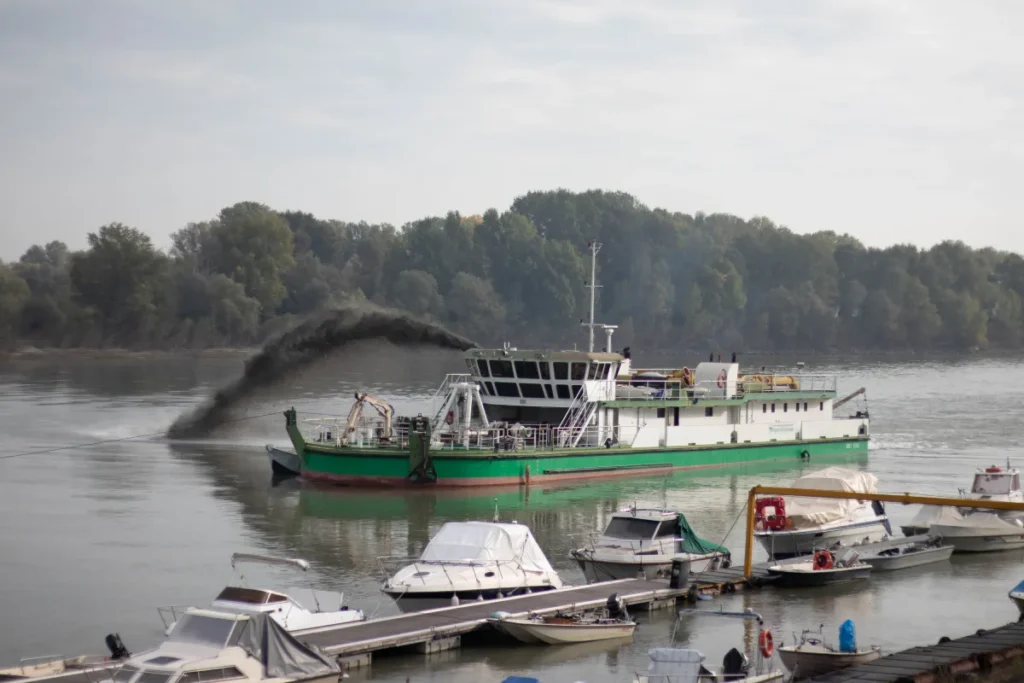
Automation is rapidly redefining the capabilities of modern dredging services. What once required large on-site crews and continuous manual oversight is now being streamlined through autonomous dredging systems and remotely operated dredges. These advanced setups allow operators to control dredge equipment from safe, land-based control rooms or even across multiple project sites, reducing risks in hazardous marine and inland environments. Autonomous systems equipped with adaptive sensors can continuously adjust dredging parameters, ensuring that material is removed with greater precision and efficiency.
Robotics is playing a critical role in this transformation. Automated cutter heads, hydraulic agitators, and robotic arms designed for material handling are being integrated into both large dredge systems and compact solutions. These robotic components improve consistency by maintaining optimal cutting angles, reducing blockages, and preventing excessive wear on equipment. In industries such as mining, port maintenance, and river restoration, robotic automation enables dredge services to handle tougher sediments and deliver higher throughput without compromising accuracy.
The benefits of automation extend beyond productivity. By reducing the need for large on-site crews, automated dredging services lower labor costs and minimize exposure to hazardous conditions, such as deep-water operations, unstable sediments, and polluted environments. In specialized applications, such as pond dredging services, automation offers a unique advantage: smaller, automated dredges can be deployed in tight or sensitive areas where manual operations would be time-consuming and disruptive. For large-scale industrial projects, automation ensures tighter control over project timelines, compliance with environmental standards, and a measurable reduction in operating costs.
Sustainable Approaches to Dredging Services
Sustainability has become a driving force in the design and delivery of dredging services. With growing attention on climate impact and ecological preservation, providers are moving beyond efficiency alone to adopt greener technologies. One of the most significant shifts is the introduction of electric and hybrid dredge systems that minimize diesel dependency. By reducing emissions and fuel consumption, these systems lower the carbon footprint of dredge services while also offering quieter operations, which is particularly beneficial in urban and environmentally sensitive areas.
Another cornerstone of sustainable dredging services is the practice of sediment recycling and beneficial reuse. Instead of treating dredged materials as waste, advanced projects are repurposing sediment for land reclamation, shoreline stabilization, and even as raw material in construction. This not only reduces disposal costs but also creates a circular process where dredging directly contributes to environmental and economic development goals.
Water quality monitoring and eco-friendly practices are also becoming standard in both large-scale operations and pond dredging services. Real-time turbidity sensors, silt curtains, and adaptive dredge head designs help protect aquatic habitats by minimizing disruption to marine and freshwater ecosystems. In smaller pond dredging applications, these sustainable practices ensure that projects restore water flow and storage capacity without harming local wildlife or degrading sensitive environments.
Specialized Growth: Pond Dredging Services
While large ports, rivers, and industrial waterways often capture the spotlight, pond dredging services have grown into a critical segment of the industry. Ponds used for golf courses, agricultural reservoirs, municipal stormwater basins, and decorative landscapes each have unique requirements. These environments often involve shallow depths, limited access points, and sensitive surroundings, making traditional large-scale dredge services unsuitable. Instead, pond dredging services rely on customized strategies to restore water capacity, improve aesthetics, and ensure long-term functionality.
Recent advances in compact, portable dredging systems have transformed how these smaller-scale projects are handled. Lightweight dredges equipped with modular components can be transported and deployed quickly, even in areas with restricted access. Many of these systems also integrate real-time monitoring and automated controls, offering the same level of precision found in larger dredging operations but scaled for smaller environments. This ensures pond dredging services deliver reliable results without unnecessary disruption.
Sustainability has become central to pond dredging as well. Sediment dewatering techniques reduce the environmental footprint of material disposal, while habitat preservation strategies protect fish, aquatic plants, and wildlife that often depend on these water bodies. Turbidity control measures such as silt curtains and eco-friendly dredge head designs further minimize ecological disruption. These practices make pond dredging services not only effective but also aligned with broader environmental stewardship goals.
Global Market Trends and Industry Outlook
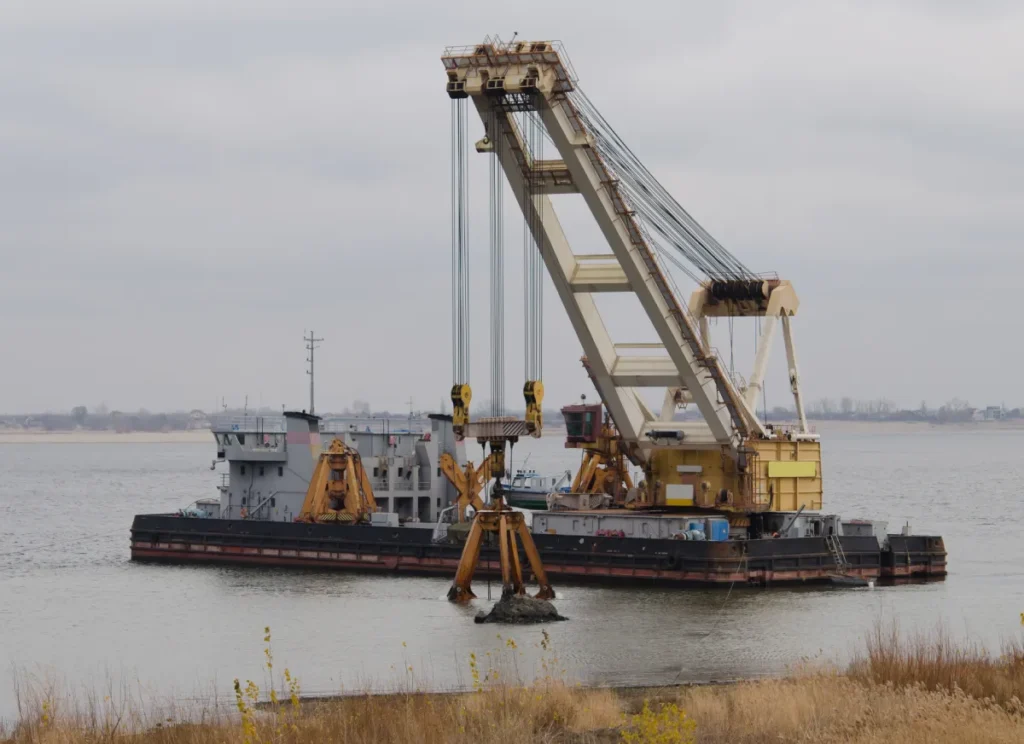
The global demand for dredging services is expanding as infrastructure investments and climate adaptation projects become top priorities worldwide. Governments and private stakeholders are allocating significant budgets to maintain navigable waterways, restore coastlines, and upgrade port facilities to handle larger vessels. At the same time, the push for climate resilience is driving projects focused on reinforcing shorelines, mitigating flood risks, and improving drainage systems in both urban and rural areas. These initiatives are fueling steady growth across the dredge services sector.
Regional drivers further highlight the diverse applications of modern dredging. In coastal regions, restoration projects are becoming essential to combat erosion and rising sea levels. Inland waterways are also receiving increased attention, with dredging services deployed to manage sediment buildup, improve water flow, and enhance flood control systems. In agricultural and municipal settings, pond dredging services are increasingly vital for maintaining reservoirs, stormwater basins, and irrigation ponds, ensuring they function efficiently under changing environmental conditions.
Looking ahead, the market is expected to maintain a balance between large-scale industrial dredge services and smaller, specialized applications. Mega-projects such as deep-water port expansions and major river restoration initiatives will continue to drive demand for high-capacity dredging systems. At the same time, localized needs—ranging from farm pond dredging to municipal stormwater basin maintenance—will keep specialized, compact dredge solutions in high demand. This dual growth path underscores the versatility of dredging services and their role in both global-scale infrastructure development and community-level water management.
Choosing the Right Dredge Services Provider in the Future
As the industry advances, selecting the right partner for dredging services will be as important as the equipment itself. Technical expertise remains a critical factor—providers must not only understand how to deploy dredges effectively but also be able to adapt their methods to diverse environments ranging from deep-water ports to shallow ponds. Increasingly, sustainability commitments and digital capabilities are becoming differentiators. Providers who invest in hybrid or electric dredge systems, real-time monitoring, and environmentally responsible practices are better positioned to deliver long-term value.
For procurement teams, the evaluation process must go beyond pricing. Assessing dredging services providers involves reviewing their track record, environmental compliance measures, and ability to tailor solutions for specialized needs. This includes both large-scale operations and smaller applications such as pond dredging services, where precision and minimal ecological disruption are key. Transparent reporting, integration with digital platforms, and evidence of sustainable practices should be integral to the decision-making framework.
Flexibility in service models is another area shaping the future of dredge services. While outright ownership of dredging equipment may be suitable for large contractors or port authorities, rental and on-demand contracts are becoming increasingly popular. These models enable organizations to scale their operations without incurring heavy capital investment, while also ensuring they can access the latest technology as it evolves. By balancing ownership with service-based models, stakeholders gain the agility to meet both long-term infrastructure goals and immediate operational needs.
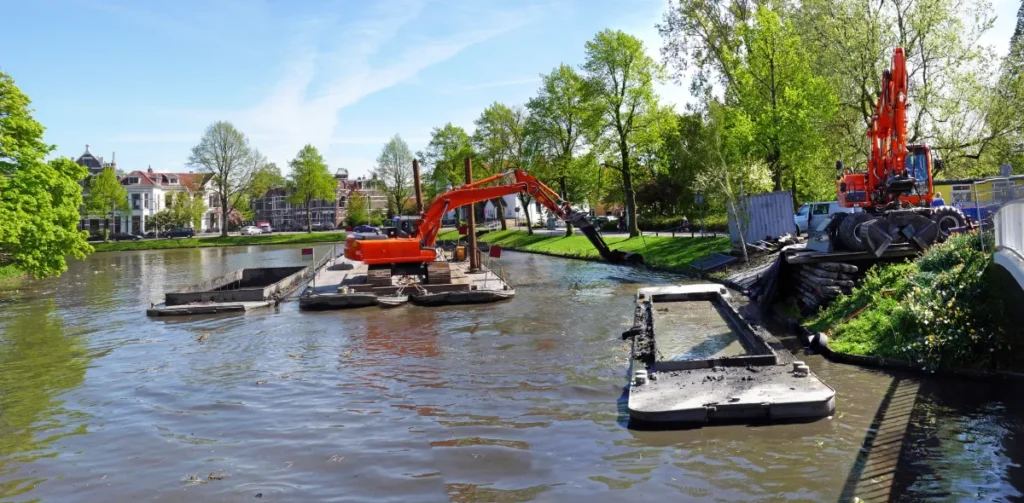
Shaping the Future of Dredging Services
The evolution of dredging services shows no signs of slowing down. With advancements in automation, predictive maintenance, and sustainable practices, the industry is positioned to meet both large-scale infrastructure needs and specialized applications such as pond dredging services. Choosing the right partner will be crucial for stakeholders seeking to balance cost efficiency with long-term environmental responsibility. At Lone Star Dredge, we combine decades of expertise with modern technology to deliver reliable and sustainable results. Whether it’s a major waterway project or a local pond restoration, we have the experience and solutions to help you succeed—learn more about how we can support your next project at Lone Star Dredge.

